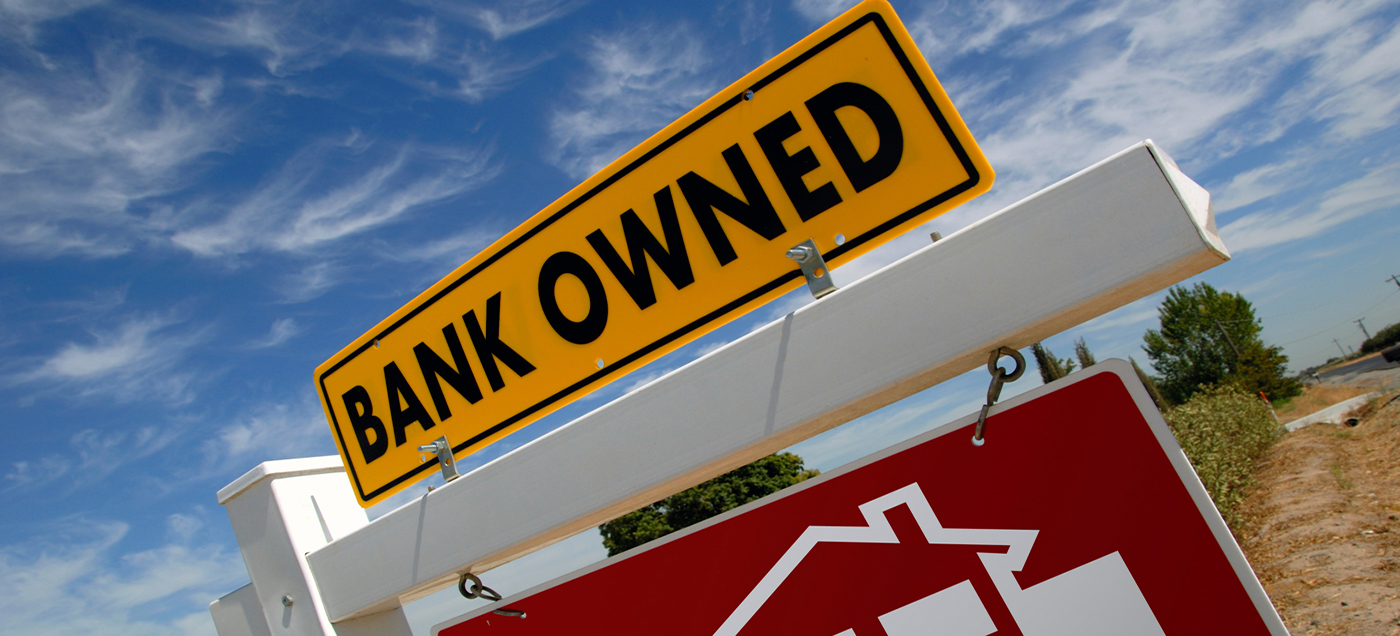
Texas, Florida and California had most foreclosure starts in May
The U.S. housing market sent conflicting signals in May 2025 as foreclosure activity dipped slightly from the previous month but rose significantly compared to a year ago, according to the latest Foreclosure Market Report from real estate data provider ATTOM.
A total of 35,498 U.S. properties were hit with foreclosure filings last month — which include default notices, scheduled auctions, and bank repossessions. That figure marked a modest 1% decline from April 2025, but represented a 9% increase from May 2024.
“Foreclosure activity in May reflected a mixed picture with fewer starts but a continued rise in completed foreclosures,” said Rob Barber, CEO of ATTOM. “This suggests that while fewer new defaults are being initiated, lenders may still be working through a backlog of existing cases. We’ll be watching closely in the months ahead to see how these trends evolve.”
While the number of new foreclosure starts dropped to 24,165 — a 4% decrease from the prior month — they were still 8% higher than one year ago, indicating that financial strain among homeowners has not entirely subsided. The States with the most foreclosure starts in May 2025 included Texas, which led the pack with 3,077 filings, followed closely by Florida (2,780) and California (2,641). Illinois and New York rounded out the top five.
On a more troubling note, the number of completed foreclosures — or repossessed homes (REOs) — jumped 7% from April and soared 34% from last year. In total, lenders repossessed 3,844 properties nationwide. Texas again saw the highest volume, with 460 REOs, followed by California (300), Pennsylvania (257), Michigan (236), and Florida (234).
Regionally, some states and cities stood out for having unusually high foreclosure rates. Nationwide, about one in every 4,009 housing units had a foreclosure filing in May. But the rate was far worse in Delaware, where one in every 2,313 homes faced foreclosure, making it the highest in the country. Florida and Illinois followed closely behind, along with Nevada and Indiana.
Several metro areas experienced even more concentrated foreclosure activity. Florida cities dominated the list, with Lakeland registering the highest metro foreclosure rate in the nation — one in every 1,506 housing units. Cape Coral and Jacksonville weren’t far behind. California cities like Bakersfield and Riverside also posted elevated foreclosure rates, highlighting a broader pattern across Sun Belt markets that experienced rapid price appreciation in recent years.
Larger metropolitan areas with more than one million residents also saw foreclosure pressures rise. Jacksonville, Riverside, Cleveland, San Antonio, and Chicago were among the hardest hit. In terms of sheer volume, New York City recorded the highest number of foreclosure starts for any metro in the country, followed by Chicago, Houston, Los Angeles, and Miami.
Chicago also led the nation in the number of REOs, with 305 properties repossessed by lenders, reflecting broader challenges in the Midwest. New York, Houston, Detroit, and Dallas also saw significant numbers of completed foreclosures, underscoring that housing distress remains geographically widespread.
While the foreclosure landscape hasn’t returned to crisis levels seen in the wake of the 2008 financial meltdown, experts caution that the steady rise in completed foreclosures signals lenders may be quietly clearing out a backlog of distressed properties. Whether this points to deeper economic concerns or simply a return to more normal pre-pandemic patterns remains to be seen.
For now, the U.S. housing market appears to be walking a fine line — with softening in some areas but still pockets of vulnerability in others.
Sign Up Free | The WPJ Weekly Newsletter
Relevant real estate news.
Actionable market intelligence.
Right to your inbox every week.
Real Estate Listings Showcase
Please visit:
Our Sponsor
